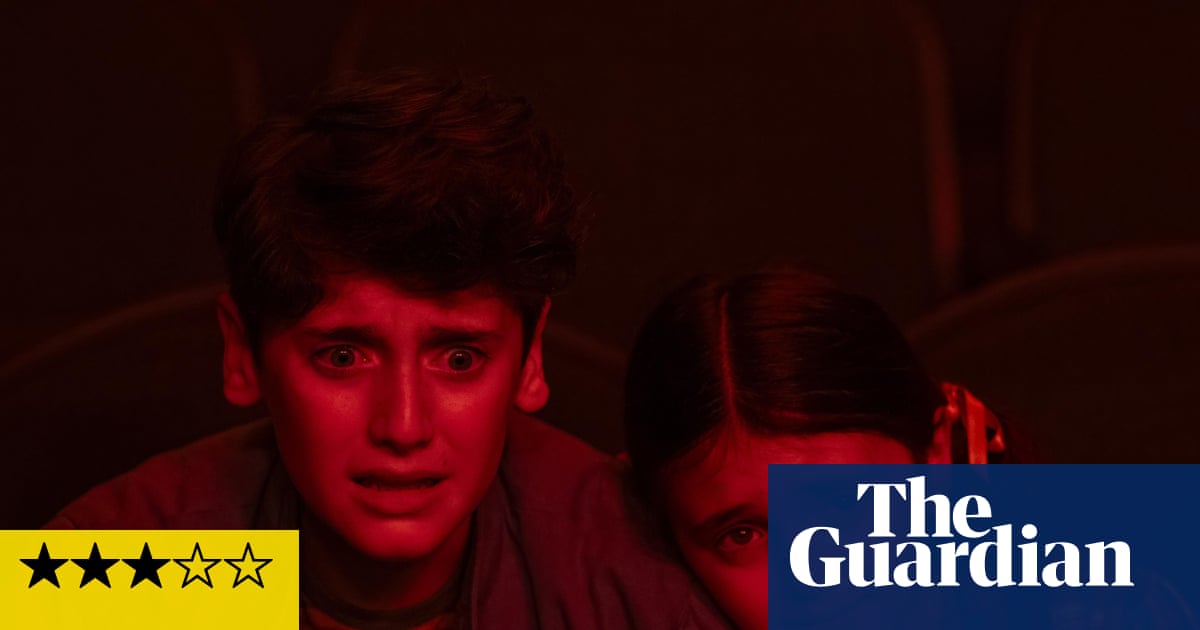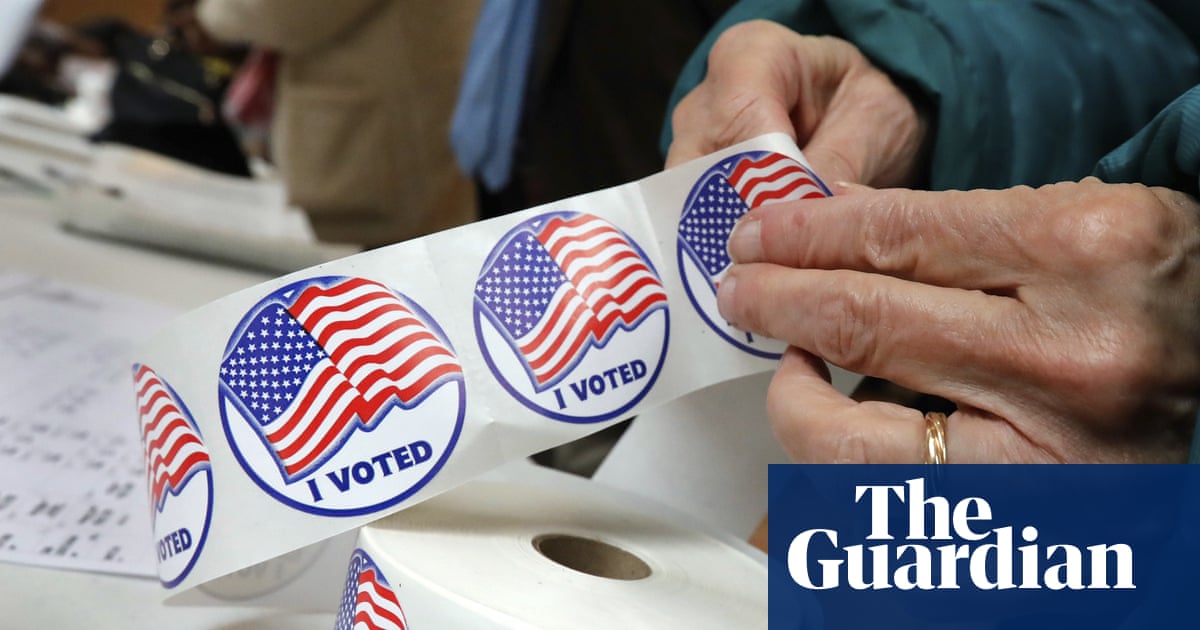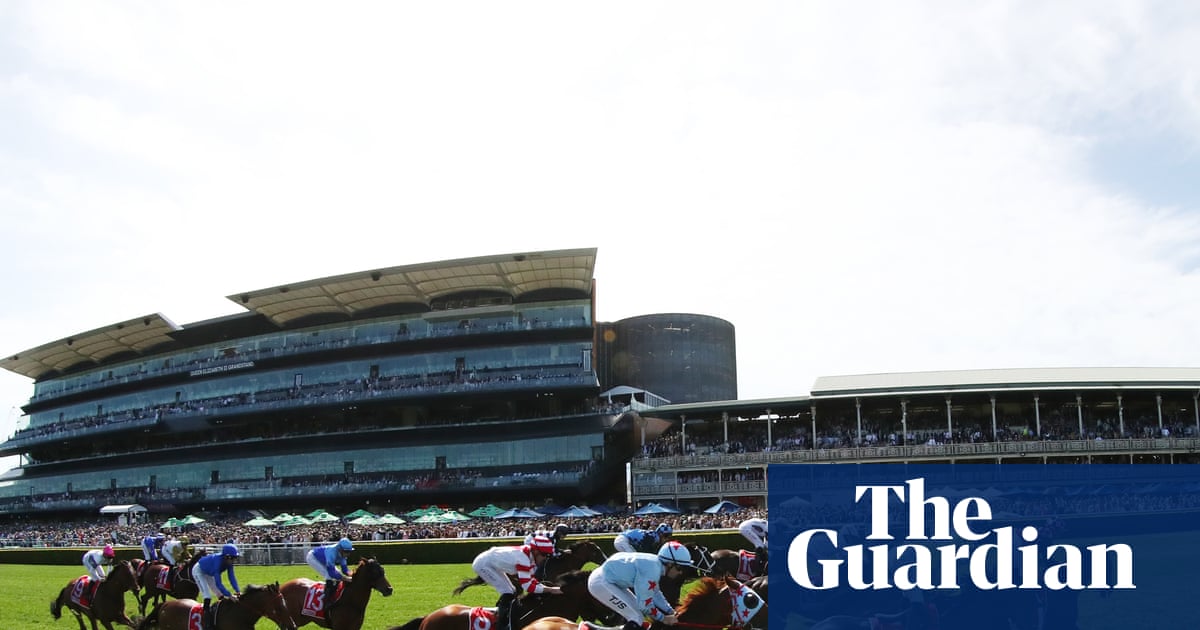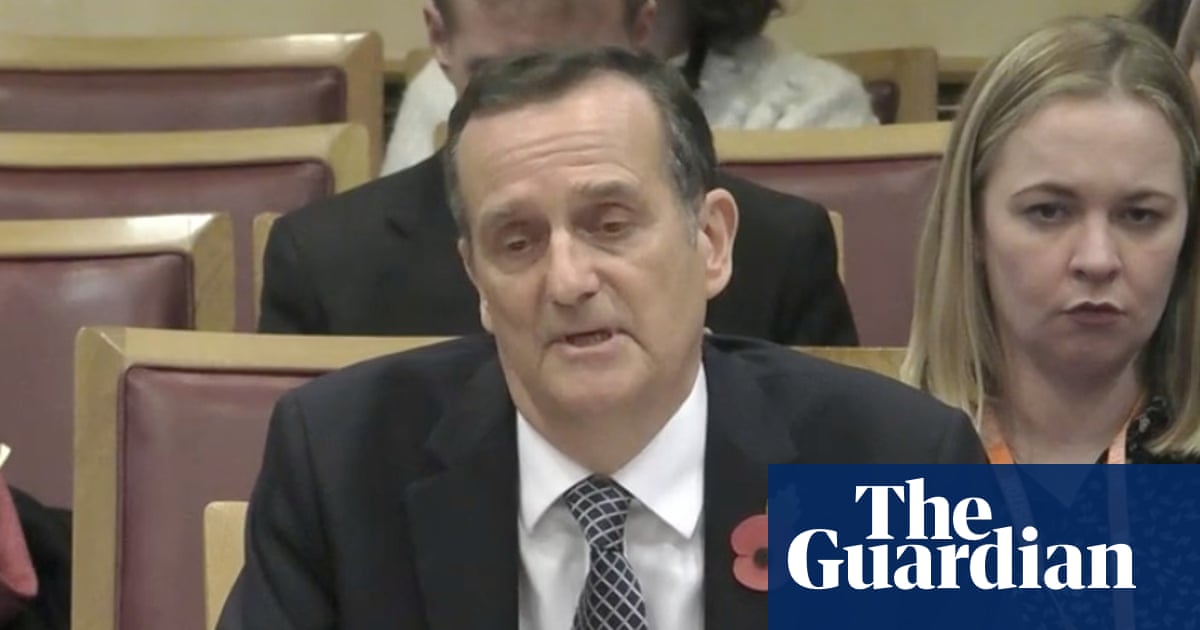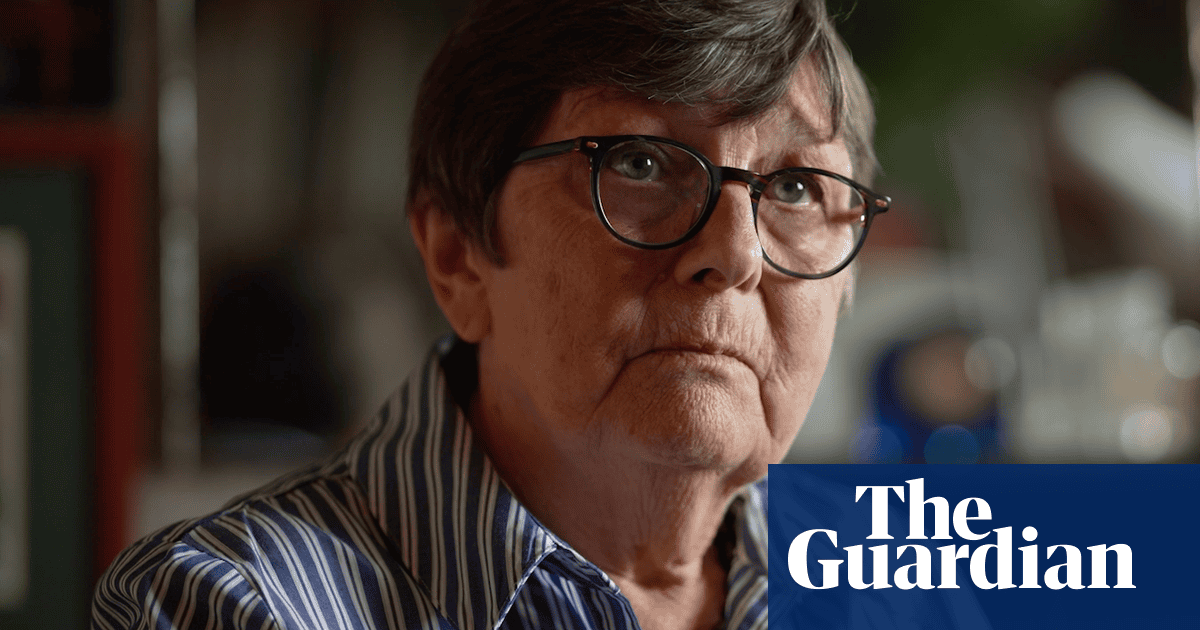It’s a strange concept, in a region known for sunshine, to end a Caribbean tour with a day-night Test. It’s stranger still to choose Kingston, Jamaica, a venue that until a couple of months ago didn’t even have floodlights. Up until two days before the match, there has been local conjecture about whether they would be adequate for the match, with a chance that plans would have to be changed. But one day out, the lights have been announced fit by sports minister Olivia Grange.
Putting the pieces together, it’s likely related to Jamaica’s upcoming election and a sitting government that has worn plenty of whacks for not supporting cricket, having refused to bid for matches at last year’s T20 World Cup citing expense. A cricket spectacle might be an attempt to recover some ground. It helps that Mexico, Canada, and the USA have host qualification for next year’s football World Cup, opening up a potential spot for Jamaica’s Reggae Boyz, who have also used Sabina Park recently.
Barbados would have been the natural fit for a nocturnal venue, with its established lighting and its nightlife giving a higher chance of drawing a local crowd. In Jamaica, pessimism about attendance abounds. CWI chief executive, Chris Dehring, was downbeat on regional radio about local sales. The bulk of the Australian tour group members went home after the second Test in Grenada. Half of Sabina Park’s seating will be closed to save costs. University students have been promised free entry, while a slate of Caribbean musicians have been hired to perform in the hope that people who wouldn’t come for cricket will come for a party.
But the bigger discouragement for West Indies as a cricket team might be the format. Yes, they knocked over Australia in a pink-ball match in Brisbane, but their batting having already been shot out inside 35 overs twice in the series by Australia’s quicks, and the pink Dukes ball is reportedly doing far more in the nets this week than the pink Kookaburra generally does. West Indies have only hosted one pink-ball match before, Bridgetown in 2018, won after Sri Lanka’s quicks ripped up the home side in the third innings for 93. Three of those players survive in the current team, compared to Australia’s squad of relative experts.
Of 23 day-night Tests around the world so far, the Australians have hosted 13. Mitchell Starc and Nathan Lyon have played every one. With them, Pat Cummins and Josh Hazlewood make up the four highest wicket-takers in the variant format. Steve Smith, Usman Khawaja, Travis Head, and the benched Marnus Labuschagne are four of the top five run-scorers. Even accounting for variation in ball and conditions, the format in general will feel more like home turf for the visiting side.
after newsletter promotion
That said, if the ball does talk then it could make things interesting. Australia’s underperforming batting has been bailed out by their bowling in both Tests so far, and a session of carnage in a low-scoring game could throw things open. Khawaja, Sam Konstas and Cameron Green, assuming there are no changes, still need runs. The series may be decided but every Test match counts.
For West Indies, the batting plan might shift to one of full-blown attack. After a second embarrassing finish in Grenada, captain Roston Chase spoke of wanting his player to embrace the old idea of “Calypso cricket”, and judging by the nets this week they have taken that to mean smashing the cork out of every possible ball.
This way, if they get bowled out in two sessions, they might at least have made a halfway decent score first. If those two sessions happen to be on day one, with the evening session to bowl, it could make things interesting. Or perhaps all the day-night talk will prove to be hype, as we’ve seen plenty of times before, with the ball settling quickly and the runs racking up. Either way is OK, as long as the lights turn on.

 3 months ago
47
3 months ago
47








